August 20,2024
Troubleshooting methods for common faults of AB PLC
In the long-term maintenance of Rockwell AB's PLC controller, some knowledge about AB's PLC controller and some practical and effective troubleshooting methods for its common faults in actual production are summarized.
The hardware series of Rockwell AB's PLC include PLC5, ControlLogix, SLC500, MicroLogix, etc.; the commonly used communication software include RSLinx, etc.; the monitoring interface software include Intouch, RSView32, etc.; the programming software include RSLogix5, RSLogix500, RSLogix5000. Now we will give a brief introduction to the AB PLC controller used in our factory and the troubleshooting methods of common faults .
Controllogix
SLC 500 Series PLC (Medium-sized Control System)
RSLinx software is a copy of RSLogix software. When performing CPU communication on RSLogix, you must first run RSLinx Lite, which is the interface software used for communication.
The module of SLC500 is generally 1746-×××, the CPU is 1747, and its addressing mode is the selection of slots. The power modules are generally 1746-P1, P2, P3, P4, of which only P3 is 24V DC and the rest are 220V AC input. The CPU of PLC5 is 1785-L20, L30..., which can connect up to four remote I/O channels and up to 32 remote I/O nodes (number of physical devices). The power module is 1771-P7. The addressing modes of PLC5 include 2-slot addressing, 1-slot addressing, and 1/2-slot addressing. 2-slot addressing means that each physical 2-slot I/O group corresponds to 1 word (16 bits) in the input/output image table. 1-slot addressing means that 1 physical slot corresponds to 1 word (16 bits) in the input/output image table. 1/2-slot addressing means that 1 physical slot corresponds to 2 words (32 bits) in the input/output image table.
Both types of CPUs have key switches that can be switched between RUN, PROG, and REM. RUN stands for operation, PROG stands for programming, and REM is between the two and can be defined by software as RUN or PROG. If it switches from RUN to REM, it is RUN, and if it switches from PROG to REM, it is PROG. The lights on the CPU of SLC500 include RUN, FLT, BATT, DH+, FORCE, and RS232. When they are on, they represent normal, fault, low battery, normal DH+ communication, forced output, and serial communication. When the light BATT on the CPU of PLC5 is on, it means that the battery voltage is low; PROC is green for operation and red for fault; FORC is on when it means that forced I/O is valid; CO is on when it is normal. The communication between them, including the remote adapter card, uses the DH+ communication link. The host computer communicates with the CPU by running the RSLinx Lite or RSLinx Gatewey software on the computer. Local programming can use RS-232 or DH+ communication links, and remote programming can use DH+ or Ethernet.
The programs in AB's PLC5 and SLC500 are generally not easily lost, so the faults are generally manifested as communication faults and module faults. The performance of AB's PLC hardware is relatively stable, so the dry ice line PLC has few faults. The common ones are generally the following:
1. The analog input quantity is displayed as a certain value and will not change. One situation occurs before starting up. In this case, first check whether the red light of the analog input module is on. If it is on, turn off the power and swap the modules to check whether the module is burned out. If it is broken, replace it. If it is not broken or the light is not on, it is a data transmission failure or a scanning failure. In this case, it can usually be restored by re-powering the PLC. The other situation occurs during operation. This situation is generally caused by a CPU module and analog module failure. Sometimes it can be restored by re-powering on. If it cannot be restored, it may be that the CPU module is broken.
2. The operation command is not executed, that is, the operation does not work. There are generally two possibilities for this situation. One is that the conditions that the operation should have are not met, so the operation does not work. The other is that the program is in its own closed loop, that is, an infinite loop or the scan time overflows, etc., causing output prohibition, or communication failure. In this case, you can stop the system first and then restart it, or turn off the power of the system and then turn it to automatic and start it to recover. If it cannot be recovered, re-powering the PLC can generally recover it.
3. All the outputs of the PLC are not working, that is, the indicator lights on the modules corresponding to the output points are not on. There are only one possible reason for this failure, that is, the 24V power supply provided by the output module is gone, one is that the intermediate relay that provides power to the output module is not in the condition of being attracted, and the other is that the coil of the intermediate relay is burned out or the contact is poor.
4. The signal is not received for a long time, causing a control unit to be unable to operate. This situation is a communication failure or data transmission failure, which can usually be restored by redoing the steps that generated the signal.
5. The green lights of all the input and output modules of the PLC are off. In this case, first check whether there is 220V AC at the input of the power module. If not, check the quality of the power supply transformer. If yes, the power module is broken.
6. During operation, the online device suddenly stops working, that is, the PLC suddenly "freezes". In this case, first check the status of the PLC. If the lights on all modules are off, it is very likely that the PLC power module is broken; if the lights on all modules are on when you press the CPU with your finger, then cut off the power, unplug the CPU and plug it in again. Generally, the fault can be eliminated. Another situation is that the input and output points of some input and output modules are not displayed. In this case, when eliminating the input and output module fault, unplugging and plugging the CPU can generally eliminate the fault.
7. If the DH+ or COM light on the CPU flashes or turns red, it means a communication fault. One case is that the DH+ cable is broken or the socket is loose. Check and fix the DH+ cable and socket until the fault disappears. Another case is that the communication address of the CPU is wrong or has been changed. In this case, you must enter RSLinx and click the communication configuration icon to reconfigure the address of the upper computer or PLC icon with a red cross until the red cross disappears.
8. The FLT fault light on the CPU flashes and the key cannot be reset. If the problem cannot be solved by checking the battery and modules, reconfigure the hardware download program.
In short, in the actual production process, we will encounter various PLC failures. Although the hardware performance of AB's PLC is relatively stable and the possibility of failure is very small, for us electrical maintenance personnel, whether it is AB's PLC or Siemens' PLC, as long as we use it, we must master it. Our knowledge of PLC programmable controller software and hardware is always lagging behind. Only by continuous learning and mastering some PLC maintenance methods and troubleshooting methods can PLC serve us better.
Read More




















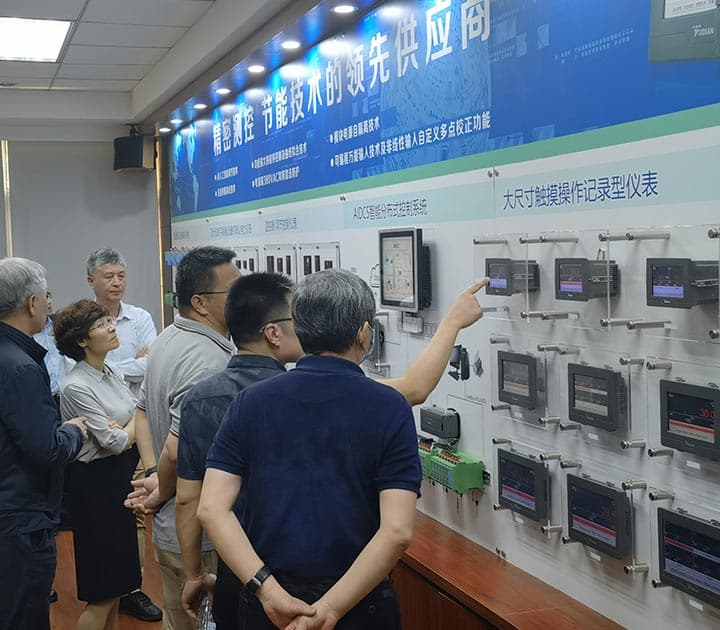
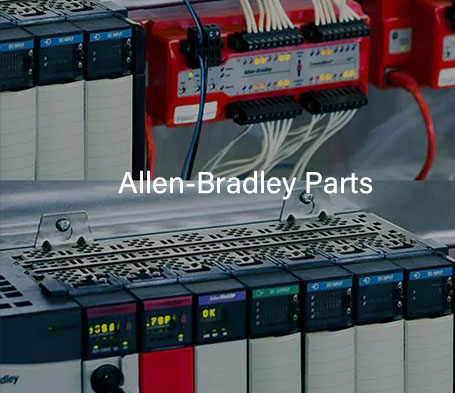


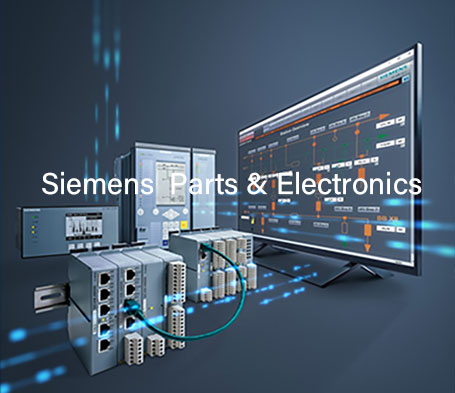
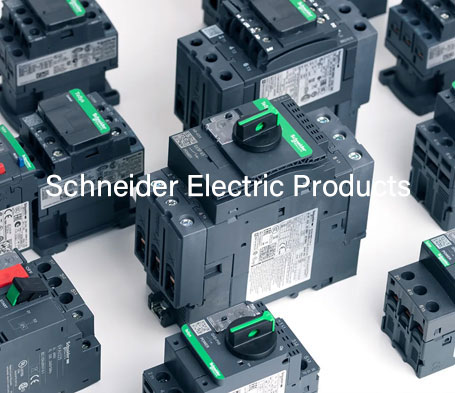
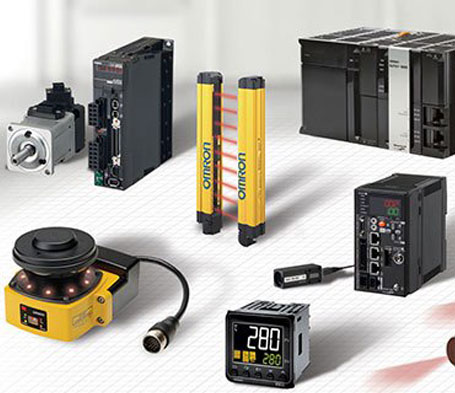
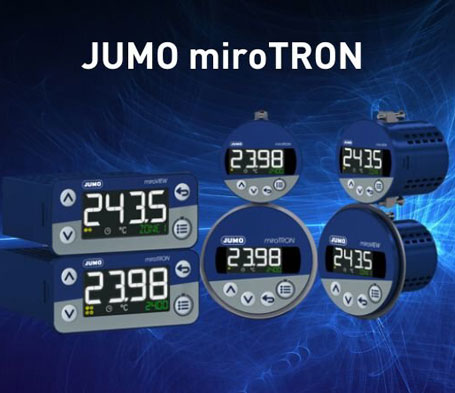


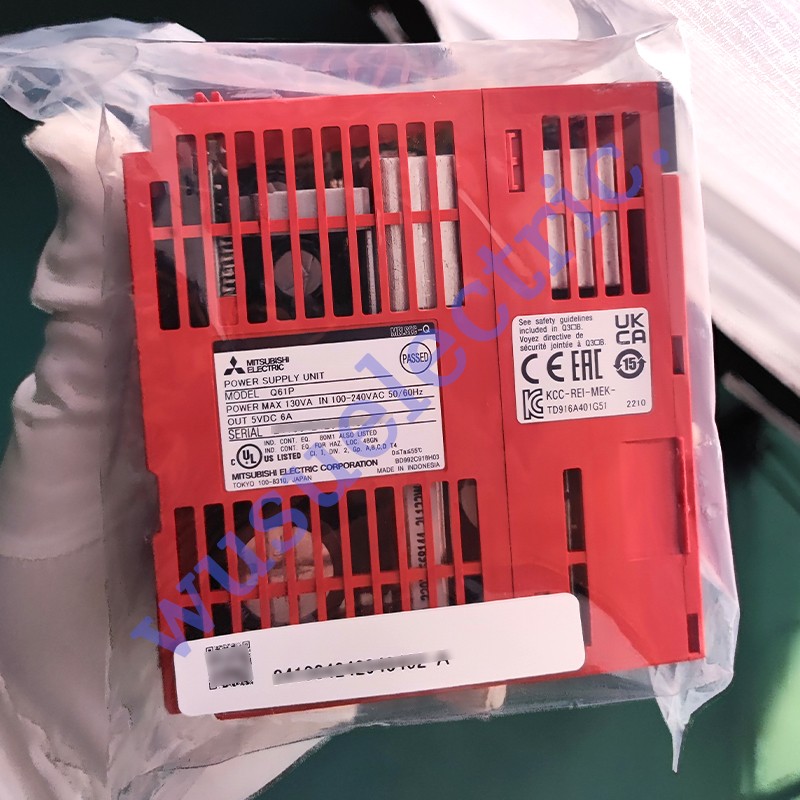
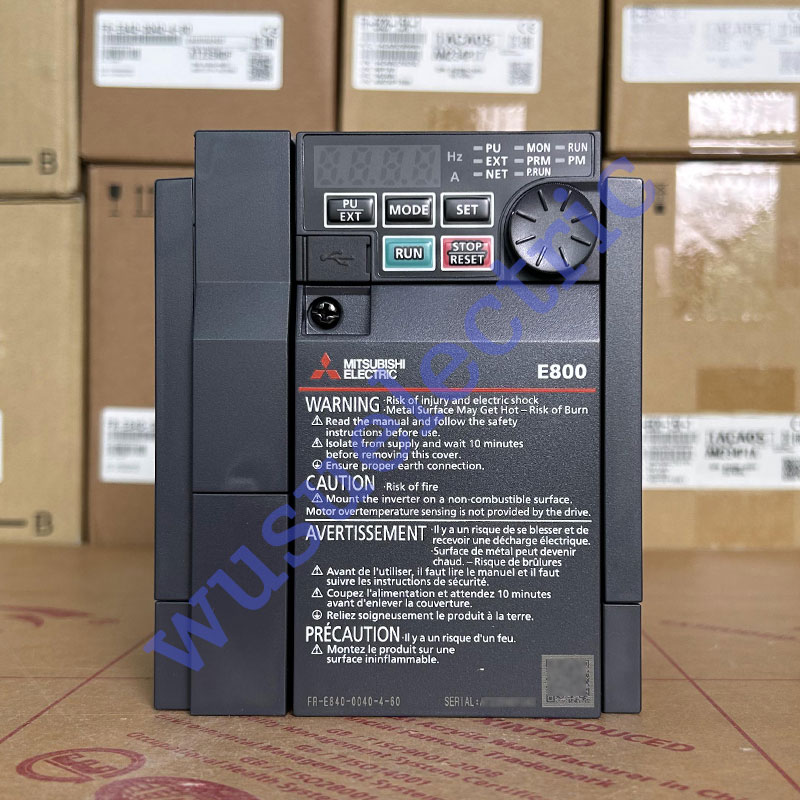
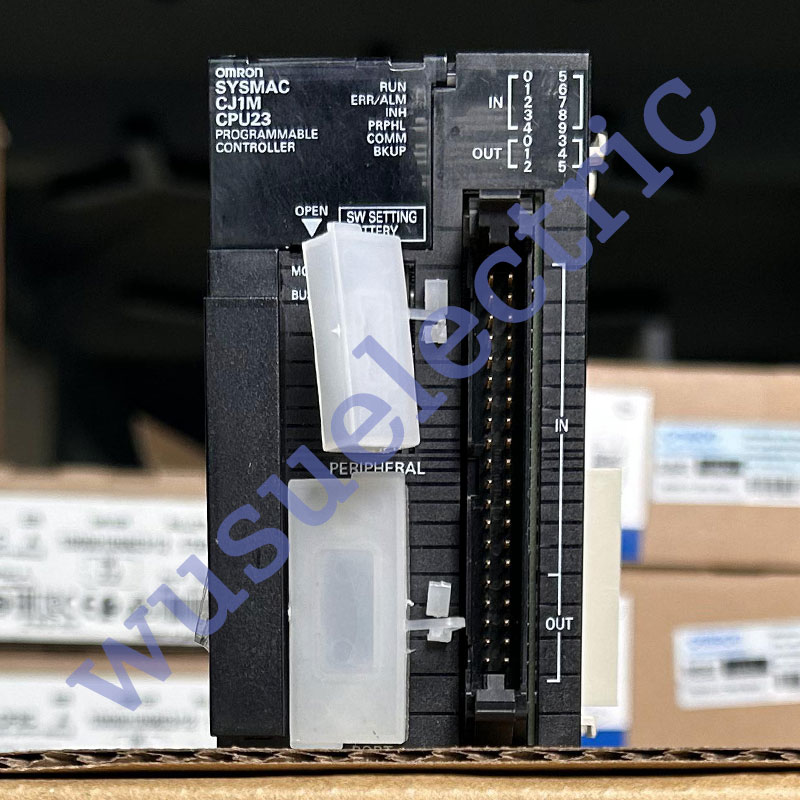
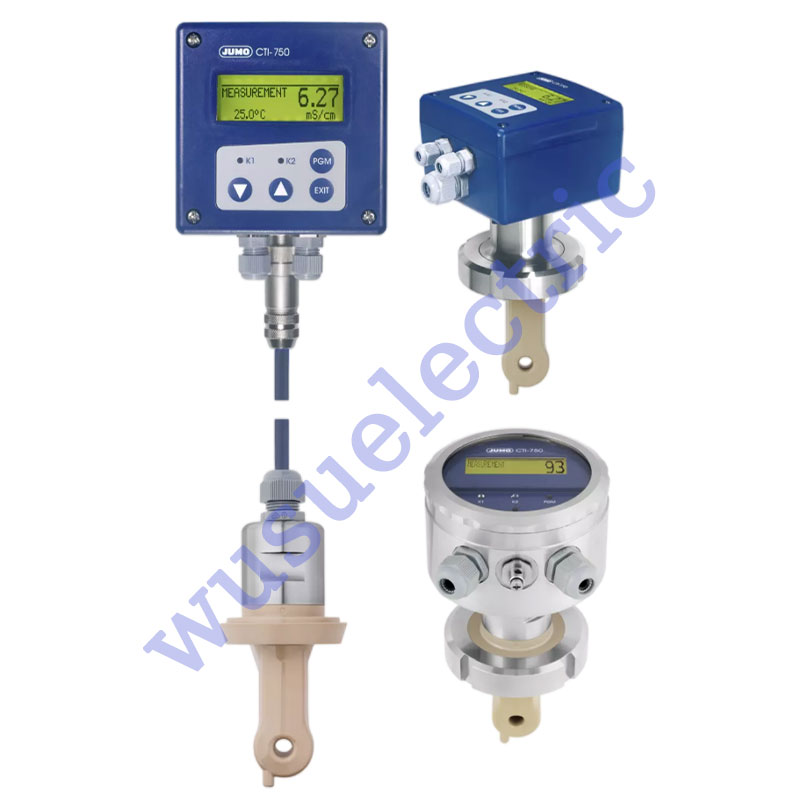
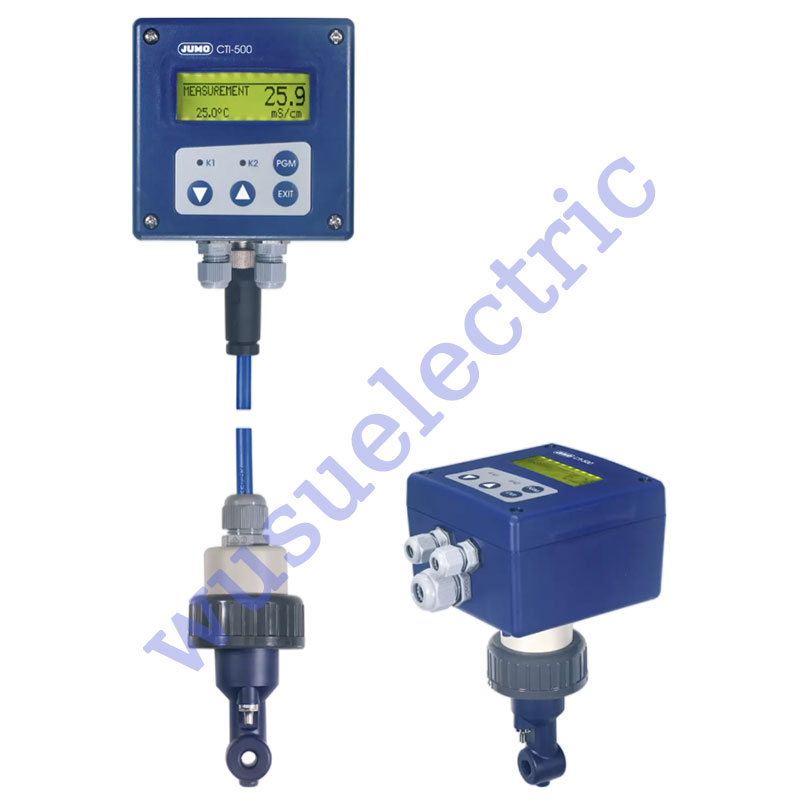
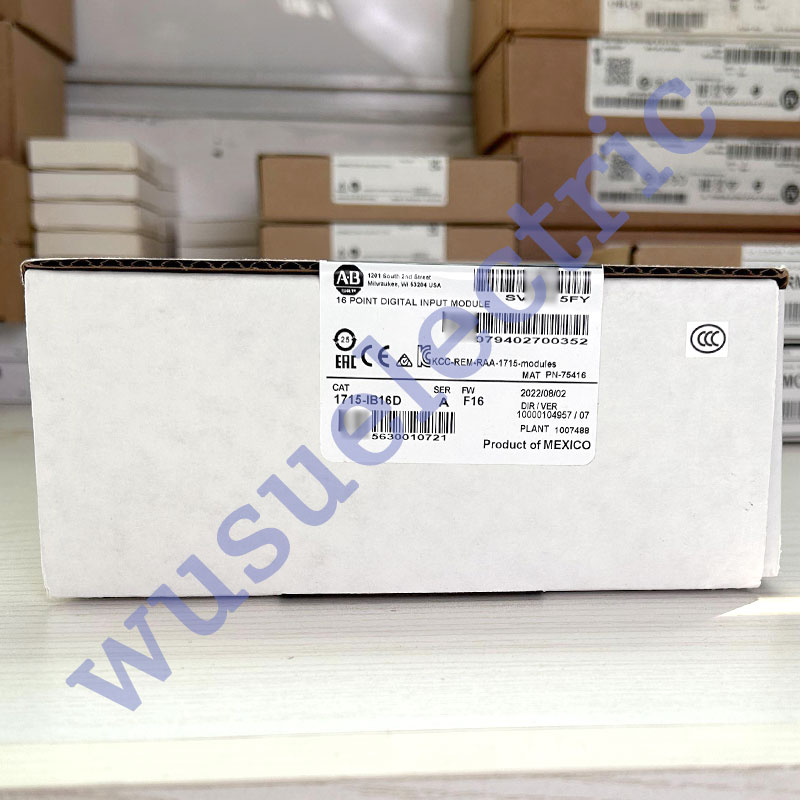
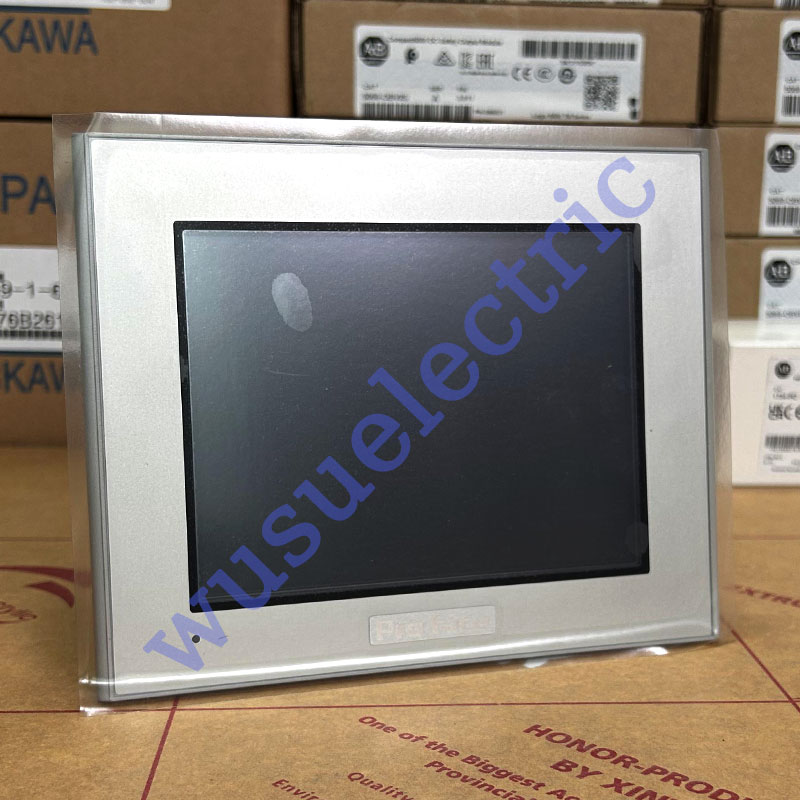
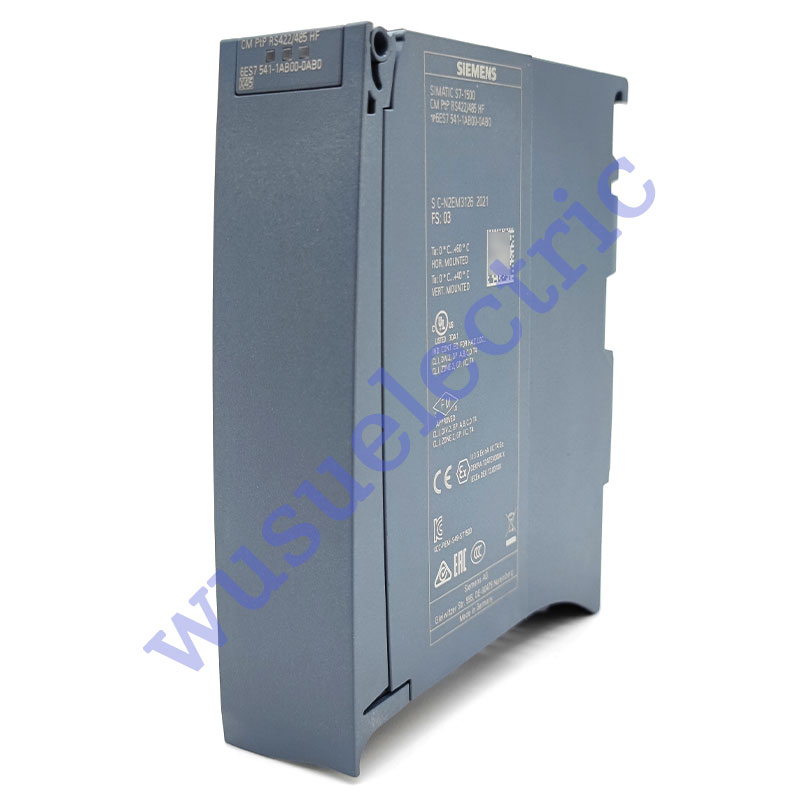
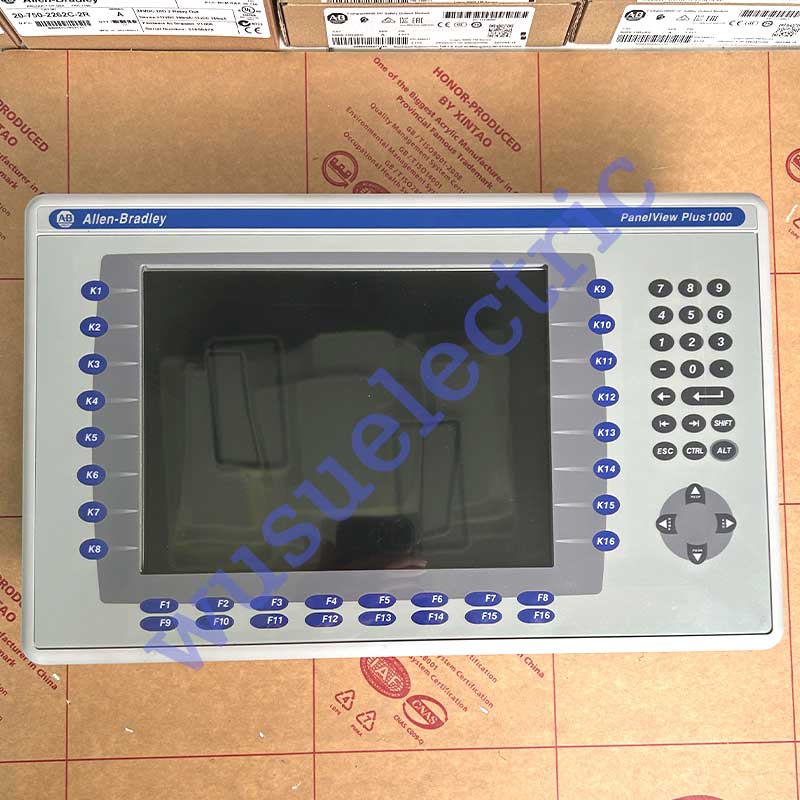
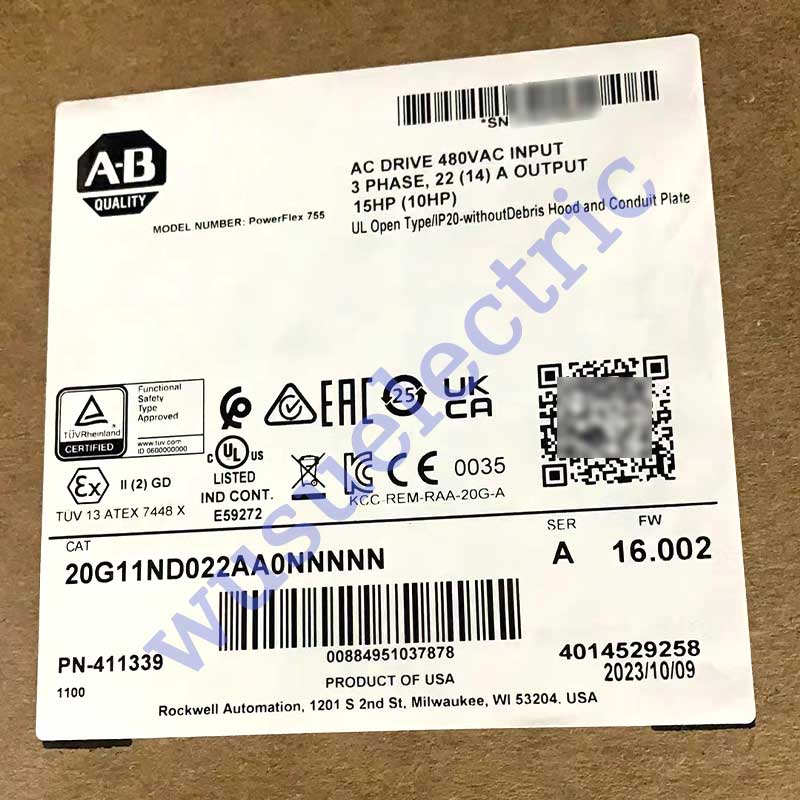
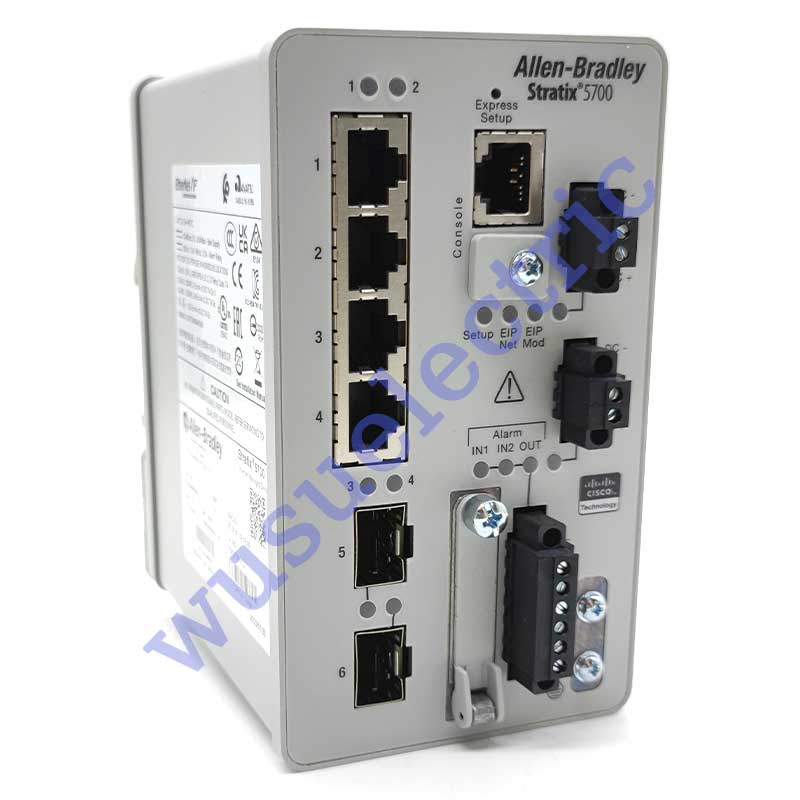
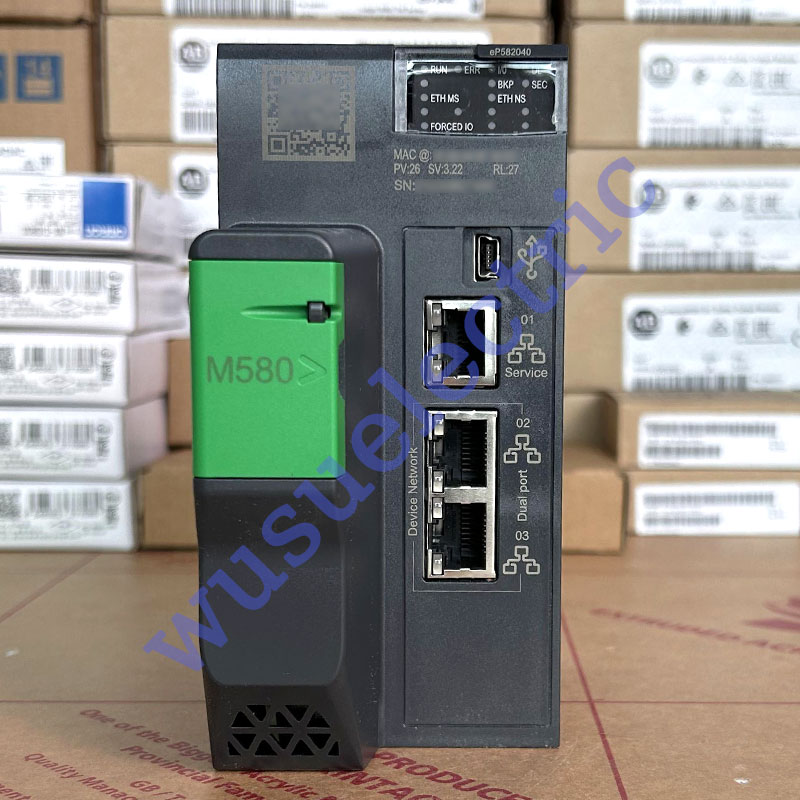

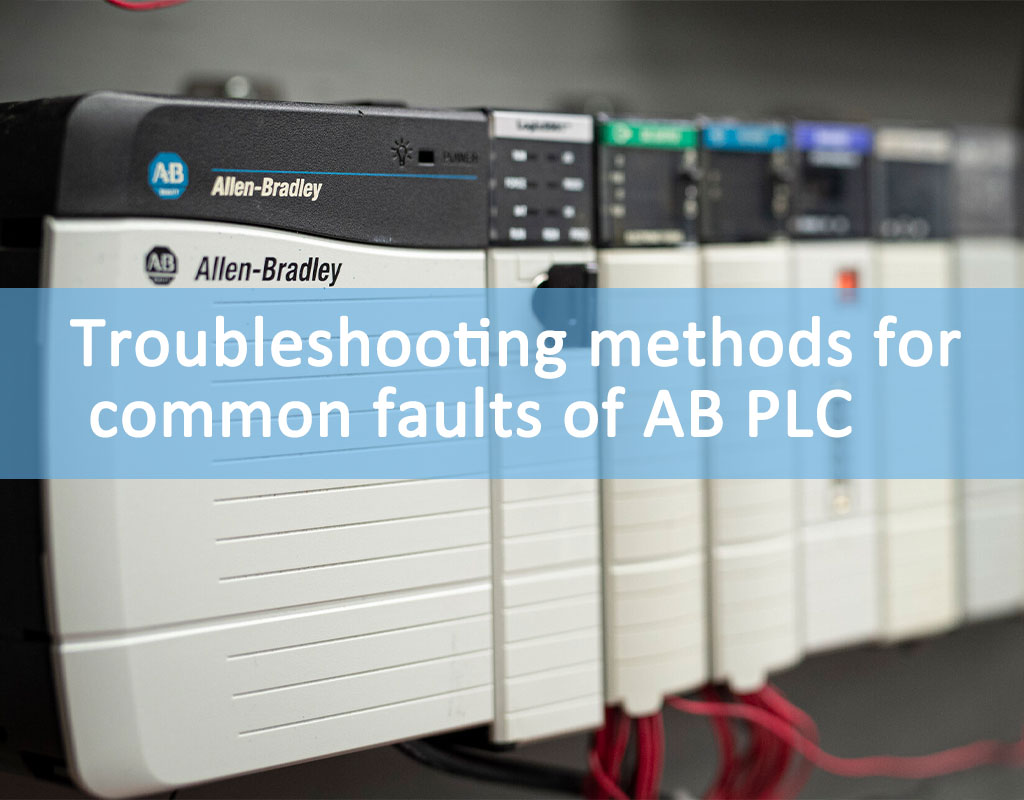
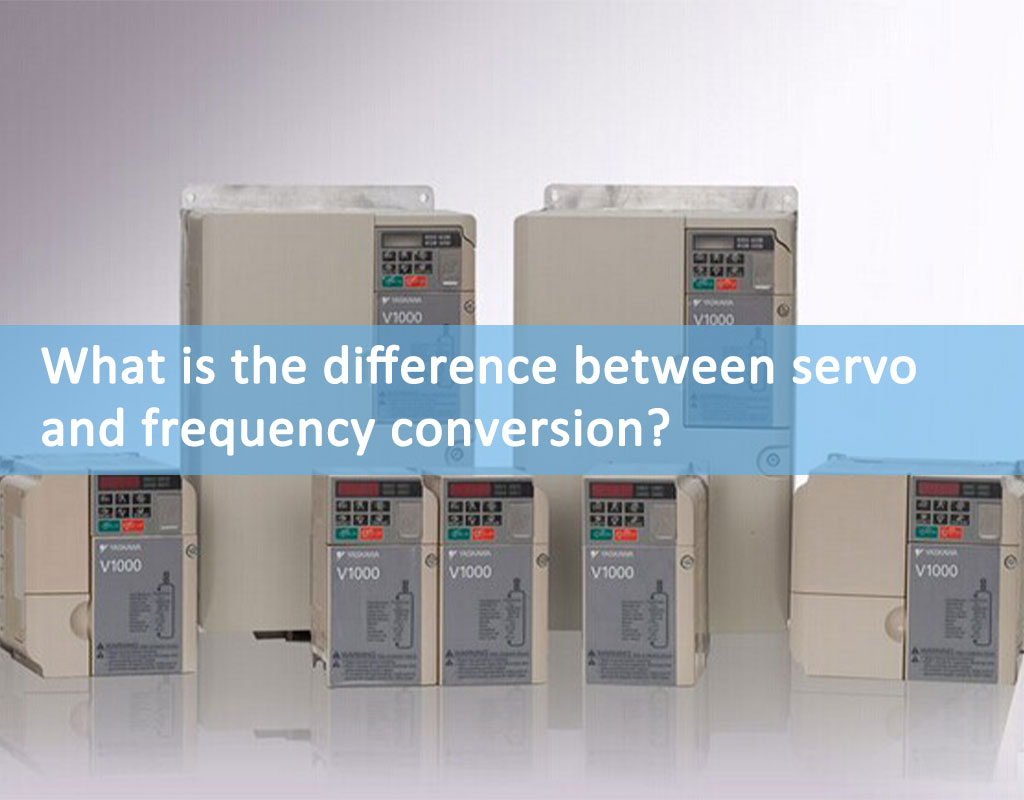
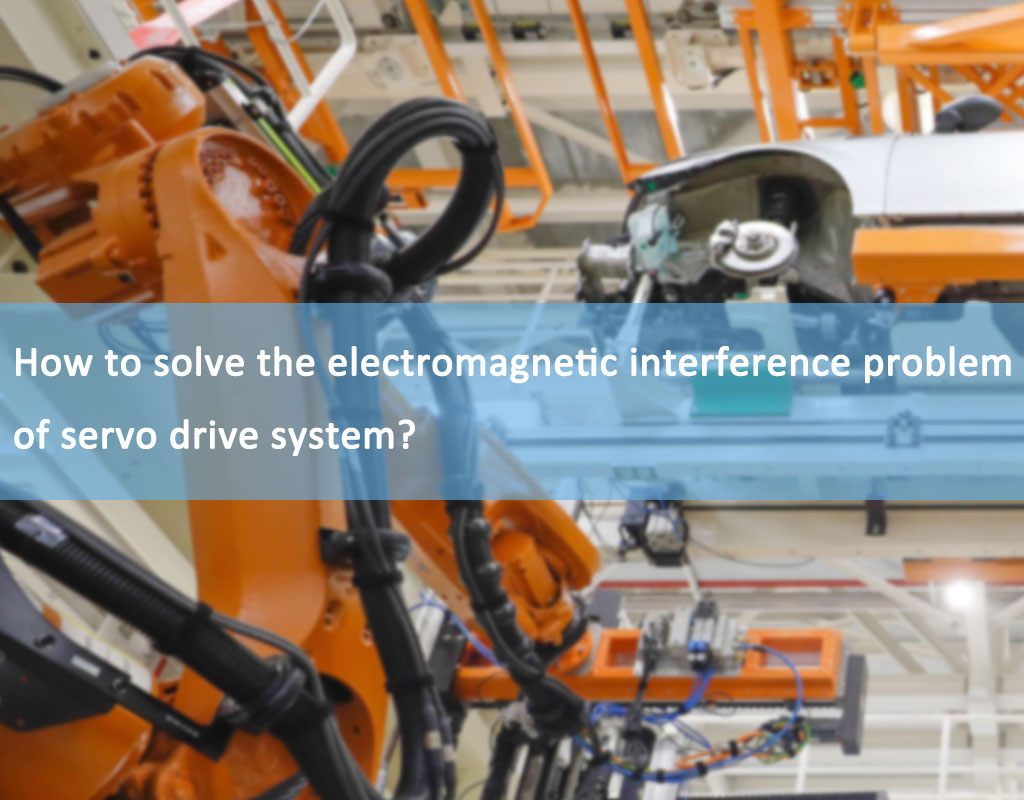



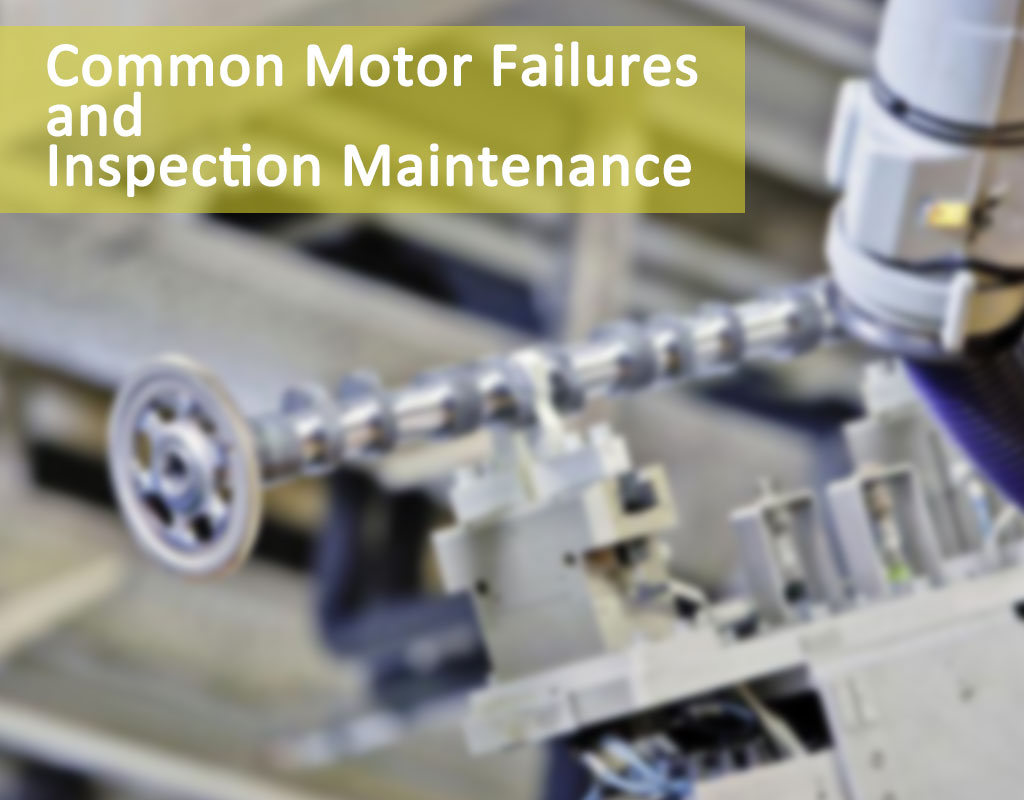








 Network Supported
Network Supported